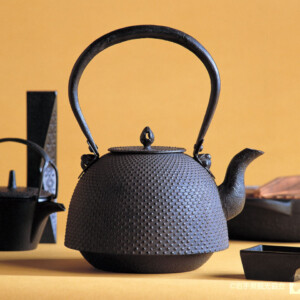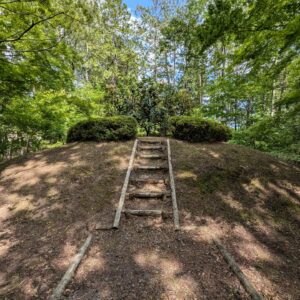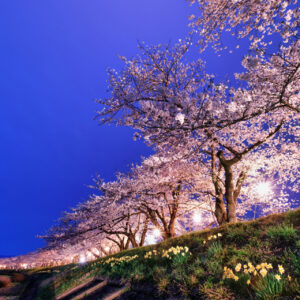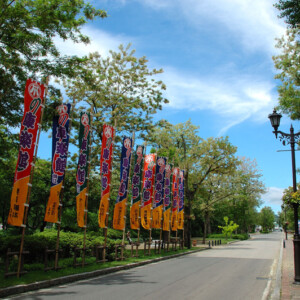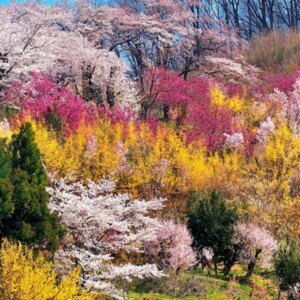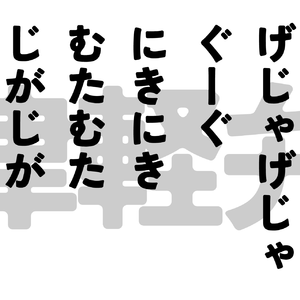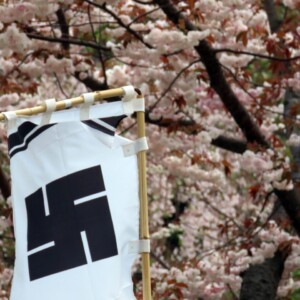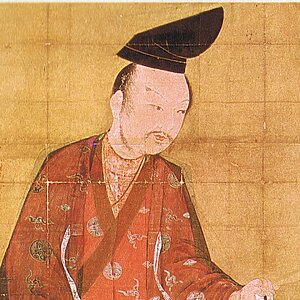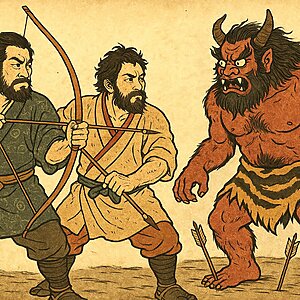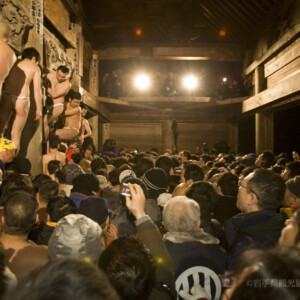
The missing link in the birth of the Japanese sword? What is the "Warabito" wielded by the Emishi? [Part 2]
table of contents
- 1 What material was the Warabite sword made from?
- 2 How strong was the Warabite sword? Comparing it with the technology of Japanese swords
- 3 A look at the feel of using a Warabite sword and the function of the Warabite
- 4 [Series] The missing link in the birth of the Japanese sword? What is the "Warabito" wielded by the Emishi?
What material was the Warabite sword made from?
Next, let's talk about what kind of material the Warabite sword was made from.
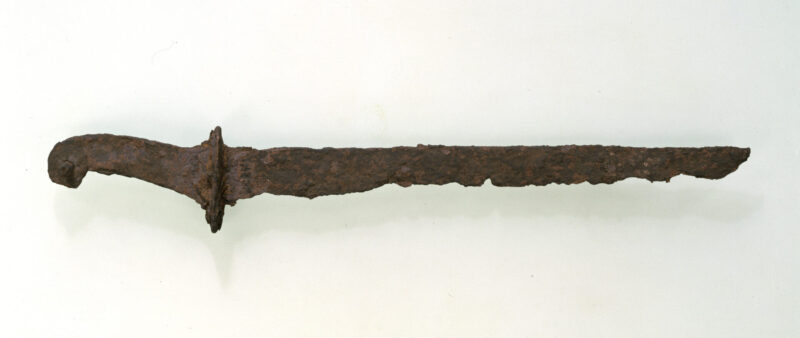
It goes without saying that an iron sword is forged from iron, but there are many different raw materials that can be used to make iron.
The first two that come to mind are iron sand and iron ore, and it is well known that refined iron sand is still used today as a material for Japanese swords, known as "tamahagane."
Iron ore is also well known as a source of iron, but it is thought that refining it would have been difficult in ancient Japan, where the Warabite sword was made. This was due to the iron's melting point, or temperature.
To melt iron ore, a high temperature of at least 1500°C is required, but charcoal, which was the most powerful fire source in ancient times, could only reach a maximum of about 1000°C, even when blowing air into it to increase the heat. Therefore, it is unclear whether the iron ore-derived iron raw material used in ancient Japan was brought over from the continent, although some have pointed out that it may have been brought over from the continent.
Incidentally, there are cases where iron ore is used as a raw material for Warabite swords, but the details of this are still being researched.
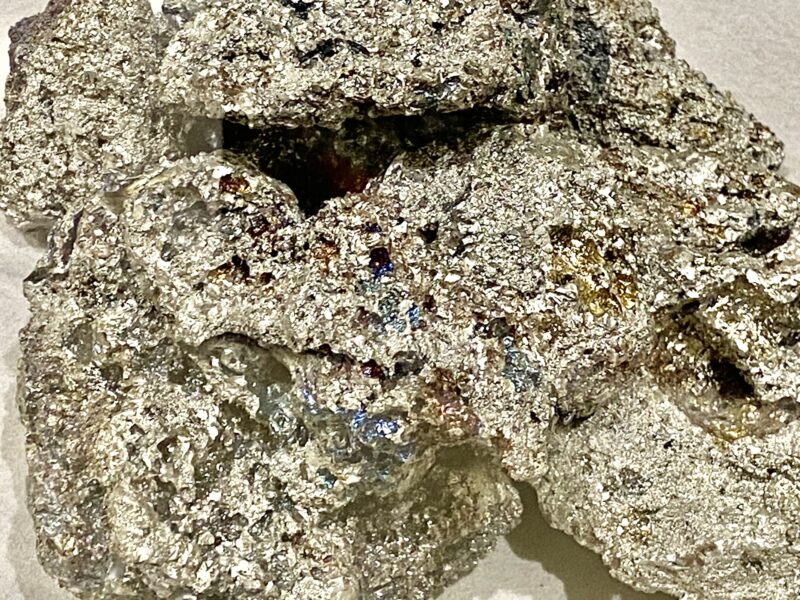
However, iron sand can be processed at that temperature, and analysis of the ingredients has revealed that iron sand was also used as a raw material for the Warabite sword.
Another special iron material used to make the Warabite sword is granular iron called "beitetsu."
This is magnetite that has been naturally polished into nuggets by the flow of rivers.It contains a lot of iron and is easy to process, so it is thought to have been the perfect material for making Warabite swords.
Furthermore, this mochi iron is only produced in a limited number of areas, with Iwate Prefecture being one of the major producing areas. Iwate Prefecture is one of the areas where a large number of Warabite swords have been excavated, and is also known as the birthplace of Mokusa blacksmiths
In this way, it can be said that the abundant sources of iron raw materials available in Tohoku, such as iron sand and iron mochi, supported the creation of Warabite swords.
Maikusa Kaji Ruins <Information>
- Name: Maigusa Kaji Ruins
- Address: Maikawa Ohira (Maikusa Shrine), Ichinoseki City, Iwate Prefecture, 021-0221
- Phone number: -
- Official URL: -
Google Map
How strong was the Warabite sword? Comparing it with the technology of Japanese swords
We now know that the Warabite sword was made using iron sand and mochi iron, but how strong was it?
Even if we simply say iron, there are those that are relatively soft and elastic and those that are very hard.
This is because hardness is determined by the carbon content, and hard iron that contains a large amount of carbon is called "steel."
Simply boiling iron sand over a charcoal fire produces "pig iron ." By forging this iron to remove impurities and increase the carbon content, the hardness can be increased, but there is one thing to keep in mind.
The problem is that if the steel is soft, it bends easily but is less likely to break, and if it is hard, it is sharp but brittle.
Let's use familiar materials as examples. Think of konjac and glass.
Konjac is soft and elastic, and will not break even if dropped, but it would be very difficult to make a tool that can cut something using it.
On the other hand, glass is hard and sharp, so it can be used like a knife, but it is also brittle and will easily break if dropped.
Although this is an extreme analogy, the same thing can be said about the difference in hardness of iron. Pig iron is soft, making it easy to process and less likely to break, but it also has a tendency to bend easily when subjected to impact.
Although steel is hard, it lacks elasticity and is prone to breaking when subjected to impact.
To overcome this challenge, the Japanese sword has evolved by continually striving to simultaneously achieve the contradictory elements of "not breaking, not bending, and able to cut well."
One answer was to combine soft and hard iron to form the blade, devising a method that combines the properties of both hardness and softness.
This was a technique used for swords classified as "koto" but a different sword-making method was adopted for the group of swords called "shinto" (new swords)
This involves creating a two-layer structure using soft iron for the core of the sword and hard iron for the outer layer, which becomes the blade.These various methods are called "tsukurikomi."
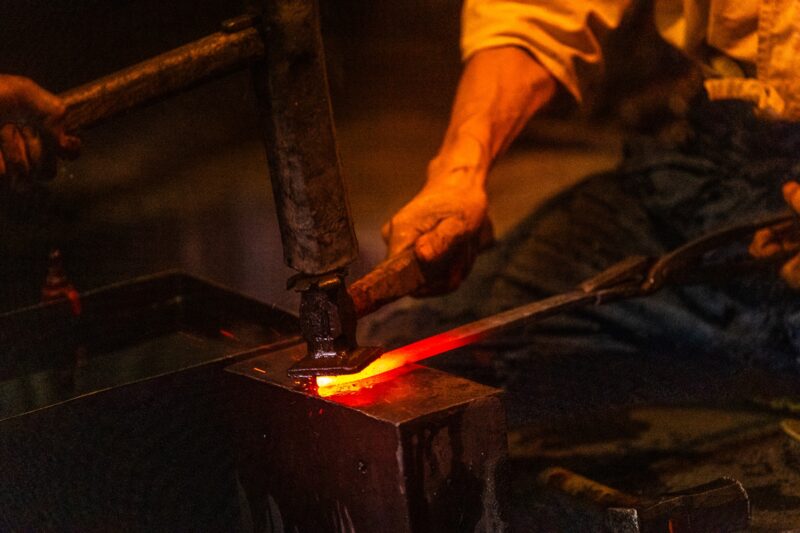
These sword-making techniques have succeeded in making Japanese swords that are both difficult to break and bend while maintaining their sharpness, and the Warabite sword also shows traces of sophisticated ingenuity.
Basically, Warabite swords are made in the same way as old swords, using a method called "Muku-tange,"
However, some blades, like the Shinto, are forged using composite materials with high-hardness iron in the blade. Iron also has the property of increasing hardness when heated to a certain temperature and then cooled rapidly. This property is utilized in the "quenching" process of Japanese swords, and it is known that the Warabite sword was also devised to increase the hardness of the blade by quenching.
According to the results of the chemical analysis, the iron used to make the Warabite sword was not of high quality, and it is believed that it was rather an iron that contained many impurities and was easily bent.
However, to compensate for these weaknesses, they were made using sophisticated techniques such as using materials with different hardness for the blade and increasing strength through quenching.
In addition, the rapid cooling caused by this quenching process creates different shrinkage rates due to differences in the thickness of the sword, causing it to warp.
It is said that the blade usually curves inwards first towards the thinner side, but this is not consistent depending on the situation, and it could be said that the Warabite sword also achieved its curved shape by intentionally controlling the curvature.
A look at the feel of using a Warabite sword and the function of the Warabite
As already mentioned, in many cases the warabite sword was similar in size to what would later be called a wakizashi.
Common sense would lead us to imagine that it was used in close combat, and as mentioned earlier, the angle at which the blade and handle were connected would have made it effective for slashing attacks.
On the other hand, some have pointed out that it may have been a weapon better suited for stabbing.
One of the arguments for this is that some Warabite swords have a unique design in which the tip is double-edged.
To begin with, "ken" and "katana" refer to different weapons. A sword is straight and double-edged, while a katana is single-edged and curved.
In short, the standard is that swords are excellent for stabbing, while katanas are weapons suited to slashing.
However, some Warabite swords have both characteristics, and are called "double-edged blades .
It is striking that the aforementioned Type III strains in Western Japan have this characteristic.
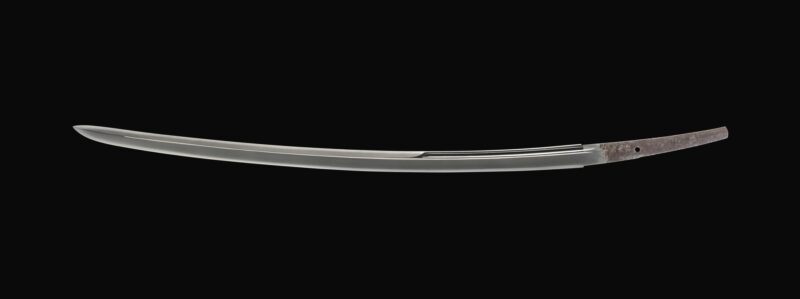
Among the oldest Japanese swords, the "Kogarasumaru," , is of this style, and although it is a tachi, , with the blade becoming double-edged from about the middle of the blade to the tip . This style is also called "Kogarasu-zukuri" after this tachi, and this style can be seen occasionally in ancient swords, including the Warabite sword.
In other words, it was a weapon designed to be capable of both cutting and stabbing, and considering the short length of the Warabite sword, the key point of the above theory is that it was assumed to have been used to decide life and death in hand-to-hand combat.
Let's also consider the feel of using a Warabite sword from other shape features.
First, let's take a look at the fern-shaped decoration on the handle, which is where the sword gets its name.
Warabite and whirlpools are thought to be patterns with a certain universality, but the meaning they have in the case of warabite swords is not fully understood.
Rather, it may be more natural to interpret this as meaning that for manufacturing reasons, the iron parts that were extended toward the handle during the forging process were wrapped around and held together.
However, it can also be thought that this gives the surface an anti-slip function, which is important for grip.
For example, it is easy to imagine that it acts like a baseball bat, by applying pressure to the little finger to prevent the grip from slipping.
Additionally, since the handles of many warabi-de swords are large enough to be held in one hand, it is possible that the warabi-de-shaped protrusion on the handle served as a sort of counterweight to the weight of the blade.

This is the "Kabuchinotachi" (long sword) , and it is not surprising that some effort was made to balance the weight and make it easier to handle.
However, it is not certain whether the warabi-te was actually heavy enough to balance the blade, and it is likely that it was used in a variety of ways, such as attaching a string to prevent it from falling off.
Another important point is the shape of the handle itself.
Some warabi-de swords have a handle that is extremely thin as it approaches the pommel, which is thought to be a strong consideration of the grip, one of the key points in swordsmanship.
In swordsmanship, the theory is that rather than gripping the sword with equal force in all fingers, the greatest force is applied to the little finger and gradually released as you move towards the index finger, with the sword angled slightly diagonally from the palm.
This allows for a stronger grip when slashing, which is sometimes described as "making use of your hand."
The grip of the Warabite sword, which tapers towards the handle, naturally resulted in this type of grip, and was designed to allow the user to apply pressure firmly to the little finger whether slashing or thrusting.
It is well known that the method for using any weapon to maximize its functionality is optimized through experience, and eventually becomes established as a ``technique.''
It is highly likely that the techniques for handling the warabi-de sword, which was used in the long wars of the Tohoku region, were also established.
The unique shape of the handle may provide some clues as to the physical movements of the user.







![The missing link in the birth of the Japanese sword? What is the "Warabito" wielded by the Emishi? [Part 1] Image of an Emishi warrior](https://jp.neft.asia/wp-content/uploads/2025/08/7ea4d59390237969ff242908a34b766e-150x150.jpg)
![The missing link in the birth of the Japanese sword? What is the "Warabito" wielded by the Emishi? [Part 2] Image of the excavation of the Warabite sword](https://jp.neft.asia/wp-content/uploads/2025/08/3fa865ad9b455f9e479b9ca83e25df3c-150x150.jpg)
![[Part 1] Who is the Oshu "Maikusa Blacksmith"? Explaining the influence they had on the development of Japanese swords! Maikusa swordsmith (image)](https://jp.neft.asia/wp-content/uploads/2025/09/f81bd5fe0ff542789108e6dda557ec4b-150x150.jpg)
![[Part 2] Who is the Oshu "Maikusa Blacksmith"? Explaining the influence they had on the development of Japanese swords! A swordsmith offering a sword to the shrine (image)](https://jp.neft.asia/wp-content/uploads/2025/09/381015b3269eee5482fc4d248acc74b3-150x150.jpg)

